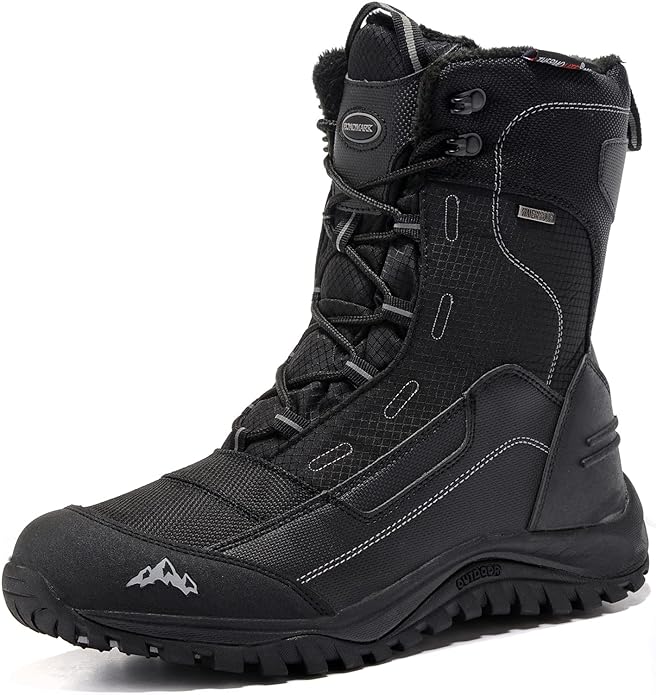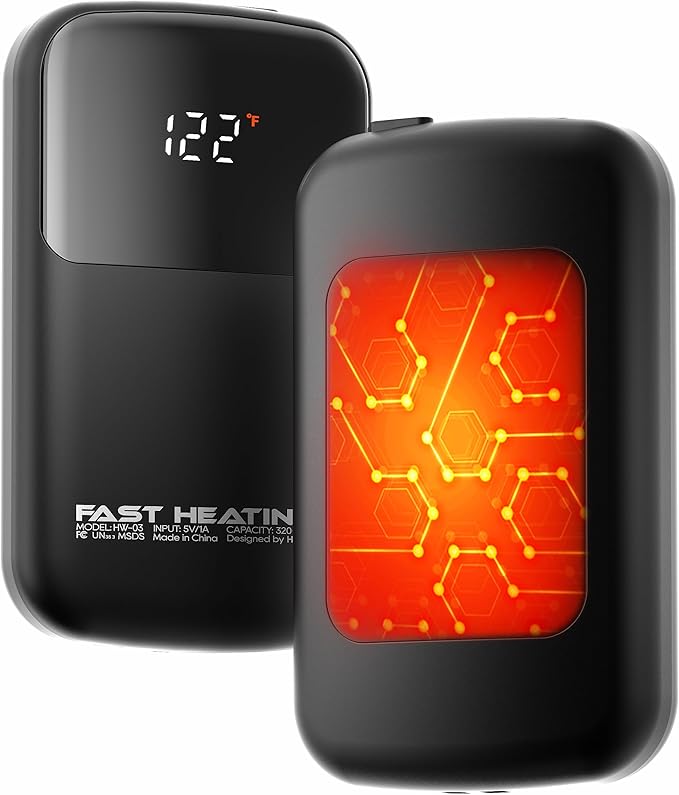What is NOAA space weather prediction center
The NOAA Space Weather Prediction Center (SWPC) is a division of the National Oceanic and Atmospheric Administration (NOAA) in the United States. The SWPC is responsible for monitoring, analyzing, and forecasting space weather events that can impact
Earth and its technological systems.
Key functions and responsibilities of the NOAA Space Weather Prediction Center include:
Space Weather Monitoring:
The SWPC continuously monitors various aspects of space weather, including solar activity, solar flares, coronal mass ejections (CMEs), solar wind, and geomagnetic storms.
Data Analysis:
The center collects and analyzes data from ground-based observatories, satellites, and other sources to understand the current state of space weather conditions.
Forecasting:
The SWPC issues real-time space weather forecasts and alerts, providing information about potential geomagnetic storms, solar radiation storms, and other space weather phenomena. These forecasts are crucial for industries and systems that can be affected by space weather, such as power grids, communication networks, and satellite operations.
Geomagnetic Indices:
The SWPC calculates and disseminates geomagnetic indices, including the Kp index and the Disturbance Storm Time (DST) index, which are used to quantify and communicate the level of geomagnetic activity.
Aurora Predictions:
– The SWPC provides predictions and information about the visibility and intensity of auroras (Northern Lights and Southern Lights) based on current space weather conditions. This is particularly valuable for astronomers, photographers, and the general public interested in observing auroras.
Research and Development:
The center engages in research and development activities to improve space weather modeling, forecasting capabilities, and the understanding of the Sun-Earth connection.
Education and Outreach:
The SWPC conducts educational and outreach activities to raise awareness about space weather and its potential impacts. This includes providing information to the public, schools, and various industries.
I
nternational Collaboration:
The SWPC collaborates with international space weather monitoring and research organizations to share data, improve forecasting capabilities, and enhance the global understanding of space weather phenomena.
The NOAA Space Weather Prediction Center plays a crucial role in providing timely and accurate space weather information to support the protection of critical infrastructure, ensure the safety of space-based assets, and enable informed decision-making in various sectors. The center’s services are vital for mitigating the potential impacts of space weather on technological systems and activities on Earth.











